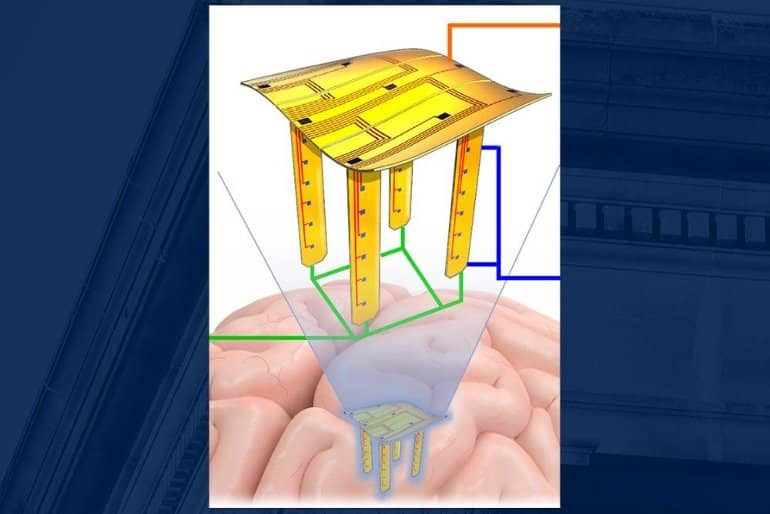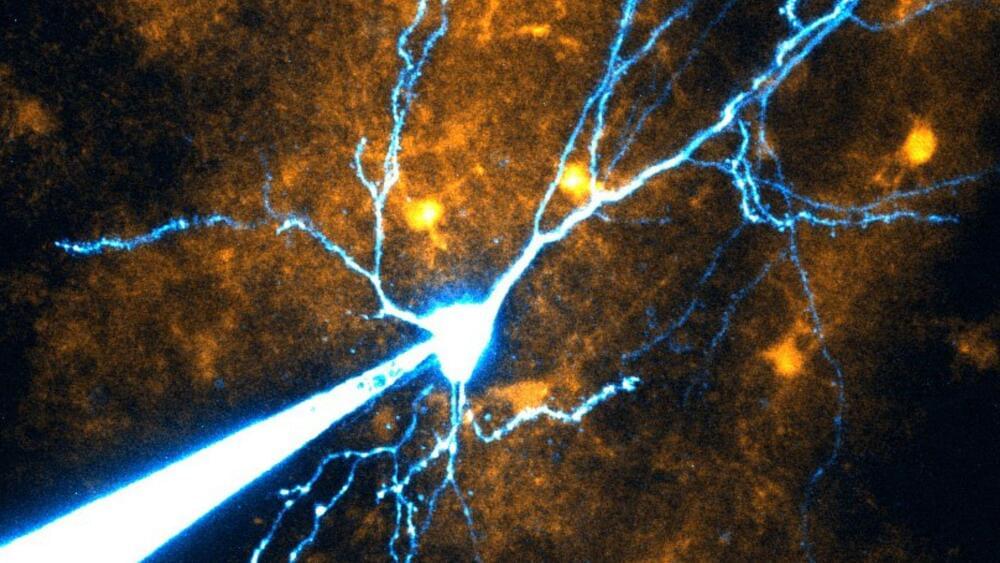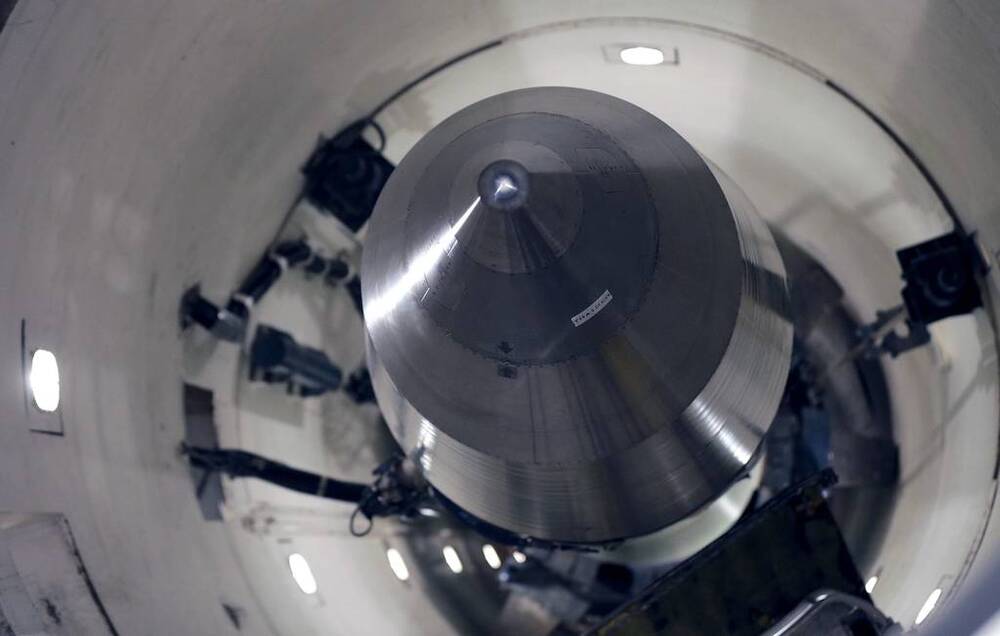Summary: A new brain mapping study reveals a neural network in cuttlefish that involves chemosensory function and body pattern control which the cuttlefish utilize for foraging and camouflage.
Source: University of Queensland
New mapping of the cuttlefish brain could explain how, and why, the marine animal employs its distinct camouflage ability according to researchers from The University of Queensland (UQ).








